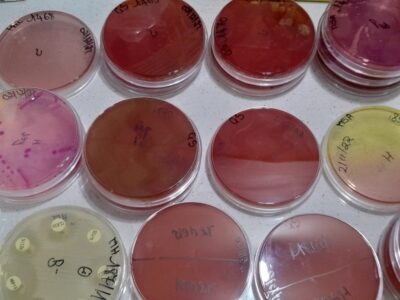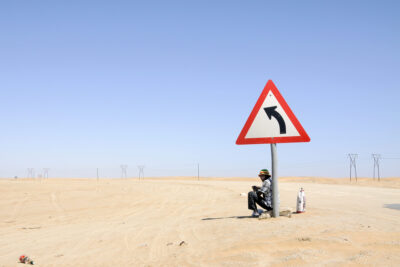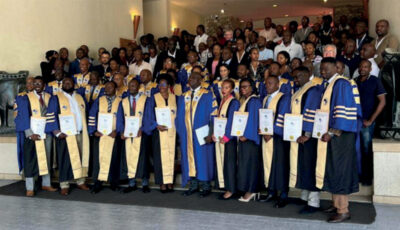Main content
An outbreak of chikungunya virus in the Caribbean has been ongoing since December 2013. Chikungunya virus and dengue virus both are arboviruses, they share an overlap in geographical distribution, most likely due to a shared vector. In general, dengue cases can be complicated by severe haemorrhage, whereas chikungunya can be complicated by long lasting arthralgias. Local health care workers and physicians taking care of returning travellers need to be able to differentiate between both viruses based on the clinical picture and diagnostic tests. This article includes an overview of clinical aspects, pathophysiology and current epidemiology of chikungunya and dengue virus.
Introduction
The Dutch government recently warned travellers to the Caribbean for the presence of chikungunya virus (CHIKV). An arthropod borne virus (arbovirus) that is able to cause fever, myalgia, arthralgia and headache in humans. So far, 181 returning Dutch travellers tested positive for CHIKV between September and November 2014, almost half of them returning from the Caribbean (1). Although case fatality rate is very low, CHIKV is accompanied by a high morbidity with a subsequent large personal and social impact (2). Another endemic arbovirus in this region, easily mistaken for CHIKV in the acute phase, is the dengue virus (DENV). DENV is the most prevalent arbovirus worldwide with a distribution covering all continents. Mortality fluctuates depending on multiple factors one of which is the virulence of the circulating DENV strain (3). This article covers CHIKV and DENV: two viruses with a typical presentation, but with an overlap in clinical symptoms and geographic distribution and therefore sometimes difficult to differentiate. A brief overview of the recent CHIKV epidemic is given as well.
Arthropod borne viruses
Many viruses are transmitted by arthropod vectors. The majority of viruses transmitted by these arthropod vectors (such as mosquitoes, ticks and sandflies) belong to the families of Bunyaviridae, Flaviviridae and Togaviridae. Vertebral animals act as reservoir, but for CHIKV, DENV and the Yellow Fever virus, humans act as reservoir as well. These viruses are known to be able to cause outbreaks in civic areas. DENV, yellow fever and west nile virus are in the Flaviviradae families. CHIKV is nested under the Togaviridae family. All of them have mosquito vectors (4).
Chikungunya
CHIKV was discovered in the 1950s during an outbreak in the southern province of Tanzania and is mostly spread by mosquito vectors of the Aedes species. The 2005-2006 outbreak in the Indian Ocean resulted in newly initiated clinical research and insights. Two transmission cycles are described: a sylvatic in Africa and human-mosquito-human in Asia, the Indian Ocean and Africa. The incubation period is about two to ten days. Clinical features of CHIKV are divided in an acute and a late phase. In the acute phase, patients report onset of fever, polyarthralgia, backache, headache and fatigue. Polyarthralgia (mainly, but not limited to the peripheral joints) is reported in 87-98% of the cases and is therefore the most characteristic symptom of CHIKV. In half the cases, cutaneous manifestations are reported and are characterized by a macular or maculopapular rash on the extremities, trunk and face. Digestive symptoms are reported in 15-47% of the cases. Due to previous symptoms, limitation of normal daily activity during the acute phase is present in more than 60% of the subjects (2). During acute illness, a high viral load can be found, accompanied by lymphopenia and/or moderate thrombocytopenia. Arthralgia and musculoskeletal pain are described as long-lasting signs. Frequency ranges between 12% and 66% in 1 year follow-up and depends highly on the area where the outbreak occurred. In children the main characteristics appear to be of dermatological origin: hyperpigmentation, generalized erythema, rash and vesiculobullous lesions, as well as neurological symptoms (like encephalitis, seizures, encephalopathy). The mortality rate is low (<0,1%). Current treatment for CHIKV is directed to symptoms of the virus and consists of paracetamol or nonsteroidal anti-inflammatory drugs (NSAIDs) (2,5). In December 2013 the first autochthonous cases and subsequent emergence of CHIKV were identified in the Western hemisphere (Caribbean). Current countries where CHIKV is present include France and Italy in Europe, part of middle and south Africa, Asia and Middle America/the Caribbean (6).
Dengue
Symptoms of DENV were first described around 1780 when outbreaks occurred in Indonesia, Egypt and Philadelphia concurrently. These first episodes indicate a worldwide spread of the mosquitoes able to transmit the virus. Until 1953 DENV was reported as a non-fatal disease characterized by high fever and severe bone and back pain. From then on, an increased number of cases complicated by haemorrhage and shock were reported in the Southeast Asia region, spreading around this region in the 80s and 90s. Current spread of DENV is reported in figure 1. Four serotypes exist: DEN-1 to -4. The incubation period is about three to eight days. In younger ages DENV presents as nonspecific febrile illness. Clinical symptoms in adolescents and adults are characterized by a rapid rising temperature ≥39°C lasting for about 5 days. A biphasic pattern is described as well. Concurrent are severe headache, retro-orbital pain, myalgia, arthralgia, nausea and vomiting. Rash is reported as well, initially maculopapular, becoming diffusely erythematous. The ‘islands of white in a sea of red’ typically occur: small areas of skin are spared. Some subtle haemorrhagic events occur usually after 3-4 days, and vary from petechiae, epistaxis, gingival bleeding and a positive tourniquet test. People usually recover after 7-10 days. The World Health Organization (WHO) revised Dengue Guidelines in 2009 and now includes a classification for severe dengue, where severe plasma leakage, severe haemorrhage and/or severe organ impairment occurs. DENV is a clinical consideration when a patient lives in or travels to a DENV endemic area and has fever with at least two of the following criteria: nausea or vomiting, rash, aches and pains, positive tourniquet test, leukopenia, and possibly any warning sign. These warning signs include abdominal pain or tenderness, persistent vomiting, clinical fluid accumulation (e.g pulmonary symptoms), mucosal bleed, lethargy or restlessness, liver enlargement >2cm, an increased hematocrit and rapid decrease in platelet count in laboratory tests. Criteria for severe DENV are severe plasma leakage (leading to shock, fluid accumulation with respiratory distress), severe bleeding and/or severe organ involvement (e.g with liver failure, impaired consciousness) (7). Earlier infected persons are prone to develop severe disease after infection with another strain; this might be due to antibody enhancement (3,5,8).
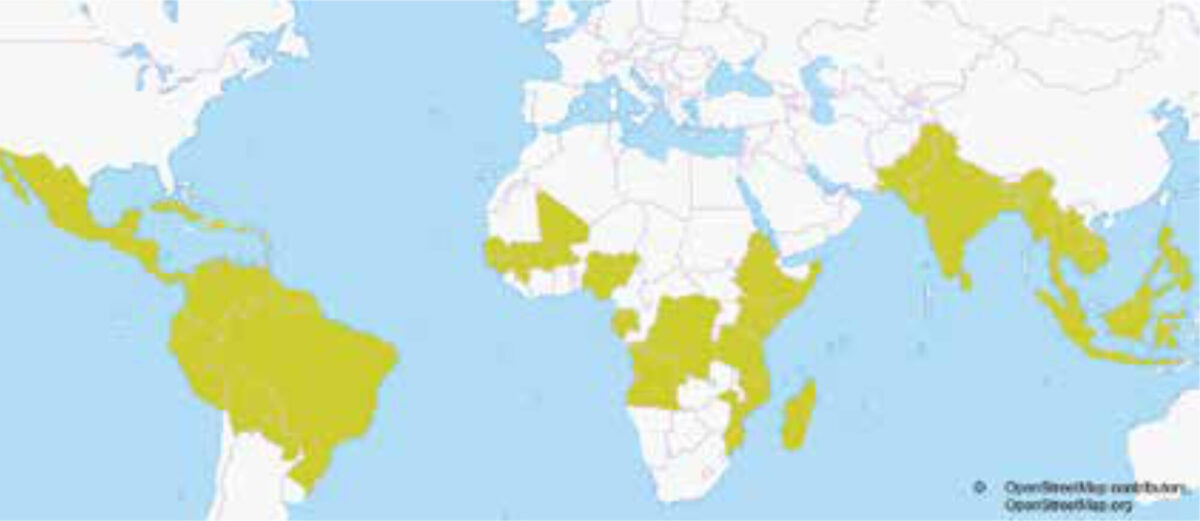
Differentiating between chikungunya and dengue
A key aspect in patients or returning travellers from malaria and CHIKV and DENV endemic countries, is first ruling out malaria. Differentiating between CHIKV and DENV is not always easy due to the overlap in presenting clinical symptoms. Arthralgia is typical for CHIKV, whereas the more ‘flu like’ symptoms can point to DENV. Long-lasting and recurrent polyarthralgia is typically associated with CHIKV.
Laboratory diagnostics
These include direct detection of the virus by PCR, viral antigens or antibodies. Depending when the patient presents, different diagnostic tests are helpful in confirming the diagnosis. Detecting virus by PCR or virus culture is (only) possible in the early stage (due to viraemia) whereas detecting antibodies will only be reliable if performed after a few days (IgM) to weeks-months (IgG). Care must be taken with DENV, since four serotypes exist, where only one CHIKV serotype exists. Therefore, a negative DENV IgM never rules out an acute DENV, but neither does a positive IgG, since the IgG can be positive due to an earlier infection with another subtype. In secondary DENV infection the IgG response may be much faster, whereas the IgM response is only moderate, or even absent. Supplemental to clinical examination is a standard laboratory test with full blood count for detecting thrombocytopenia and renal function with electrolytes for detecting possible dehydration or electrolyte disturbances. Although not distinctive these results are helpful in defining the severity of illness (4,9).
| Chikungunya | Dengue | |
|---|---|---|
| Vector | Aedes aegypti Aedes albopictus | Aedes aegypti Aedes albopictus |
| Incubation | 2–10 days | 3–8 days |
| (Main) characteristics | Acute onset of fever Peripheral joint polyarthralgia Cutaneous manifestations Late and/or recurrent arthralgias | Acute onset of fever lasting several days Headache, myalgia Rash |
| Laboratory | Lymphopenia Thrombocytopenia | Thrombocytopenia Signs of plasma leakage/dehydration |
Recent outbreak of chikungunya
In 2007 the first autotochthonous cases of CHIKV on the European mainland were confirmed in Italy with a traveller returning from India. In late 2013, patients in the Caribbean (St Maarten) were tested positive for CHIKV. Since then and ongoing, the Caribbean Public Health Agency (CARPHA) has been tracking confirmed and suspected cases of CHIKV. Combined data of the Pan American Health Organization (PAHO) and CARPHA shows 21,724 confirmed cases until January 2015 and a total of about 855,054 suspected cases (10)(11). See figure 2 for the current outbreak area of CHIKV in the Caribbean. Note: PAHO defines a CHIKV case as a definite case if, next to fever, diagnostic test is positive (virus culture, PCR or IgM/IgG test). This IgM measurement, in combination with possible false positive results due to cross-reactive antibodies, can lead to an overestimation of CHIKV cases.
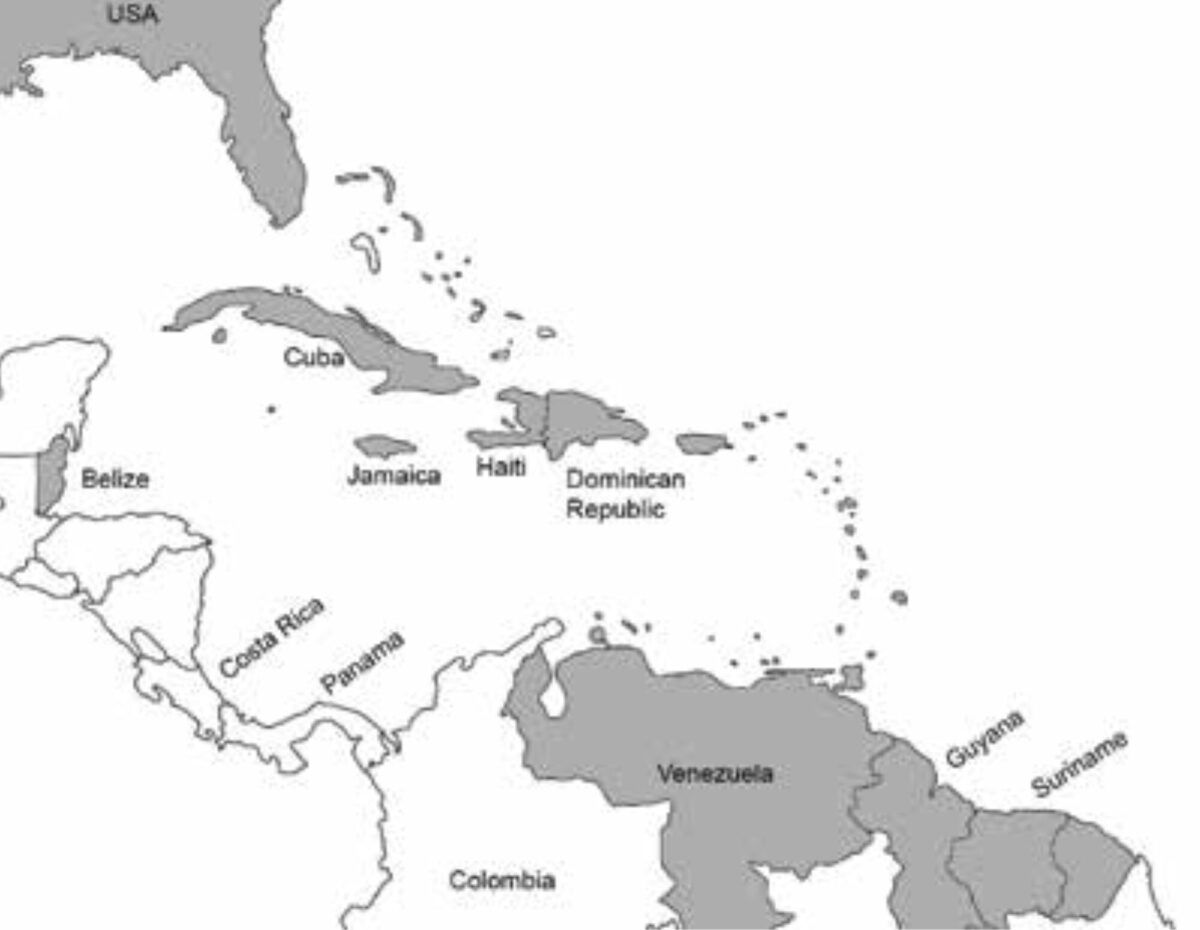
Conclusion
Both CHIKV and DENV are arboviruses, with the same vector and are present in the same regions. There is an overlap in clinical presentation making it hard to differentiate based on signs and symptoms. Diagnostic tests will be conclusive when interpreted according to the stage of infection. Since DENV has the potential of developing into complicated disease, differentiation between CHIKV and DENV is important. The current outbreak in the Caribbean should make health care workers aware of CHIKV virus in travellers or inhabitants returning from the outbreak area. Both viruses present with fever, arthralgia and skin manifestations. A patient with predominant symmetrical arthralgia can point to CHIKV. Both virus infections require supportive therapy, though DENV can act as a severe disease with haemorrhagic complications.
References
- Voorkom besmetting met chikungunya in Caribisch gebied. Rijksinstituut voor Volksgezondheid en Milieu; 2014 [22-1-2015]; Available from: http://rivm.nl/Documenten_en_publicaties/Algemeen_Actueel/Nieuwsberichten/2014/Voorkom_besmetting_met_chikungunya_in_Caribisch_gebied.
- Thiberville SD, Moyen N, Dupuis-Maguiraga L, Nougairede A, Gould EA, Roques P, et al. Chikungunya fever: epidemiology, clinical syndrome, pathogenesis and therapy. Antiviral Res. 2013 Sep:99(3):345-70.
- Mairuhu AT, Wagenaar J, Brandjes DP, van Gorp EC. Dengue: an arthropodborne disease of global importance. Eur J Clin Microbiol Infect Dis. 2004 Jun;23(6):425-33.
- Cleton N, Koopmans M, Reimerink J, Godeke GJ, Reusken C. Come fly with me: review of clinically important arboviruses for global travelers. J Clin Virol. 2012 Nov;55(3):191-203.
- Chen LH, Wilson ME. Dengue and chikungunya infections in travelers. Curr Opin Infect Dis. 2010 Oct;23(5):438-44.
- Chikungunya virus. Center for Diseases Control and Prevention; 2015 [26-1-2015]; Available from: http://www.cdc.gov/chikungunya/geo/index.html
- Organization WH. WHO guidelines dengue 2009 2009. Available from: http://whqlibdoc.who.int/publications/2009/9789241547871_eng.pdf
- Chen R, Vasilakis N. Dengue–quo tu et quo vadis? Viruses. 2011 Sep;3(9):1562-608.
- Hassing RJ, Heijstek MW, van Beek Y, van Doornum GJ, Overbosch D. [First case of chikungunya diagnosed in the Netherlands]
- Chikungunya voor het eerst gediagnosticeerd in Nederland. Ned Tijdschr Geneeskd. 2008 Jan 12;152(2):101-3.
- Chikungunya update #52. Caribbean Public Health Agency; 2015; Available from: http://carpha.org/DesktopModules/Bring2mind/DMX/Download.aspx?Command=Core_Download&EntryId=1450&language=en-US&PortalId=0&TabId=109
- Cleton NB, Reusken C, van Gorp EC. [The chikungunya epidemic in the Caribbean: implications for travellers and physicians]
- De chikungunya-epidemie in de Cariben: implicaties voor reiziger en arts. Ned Tijdschr Geneeskd. 2014;158:A7918.

















































